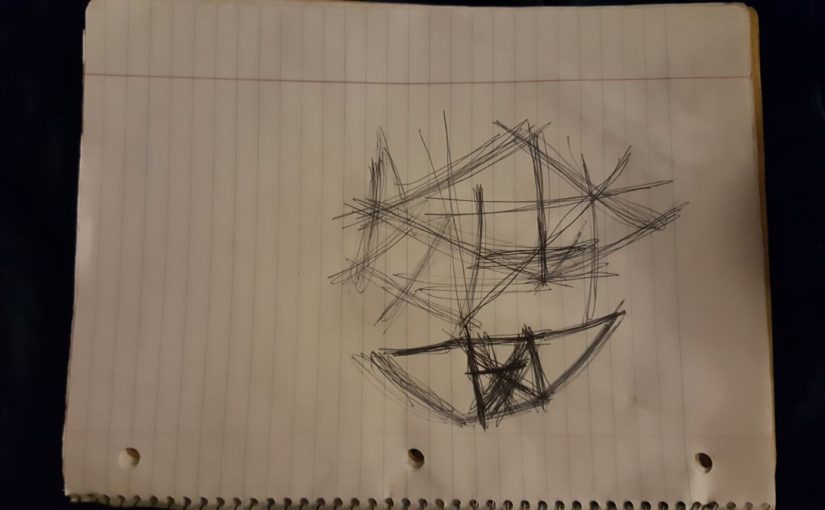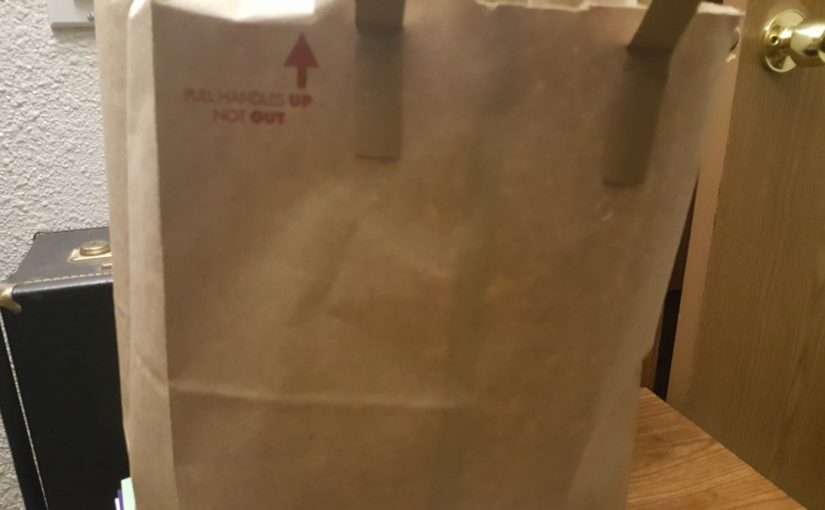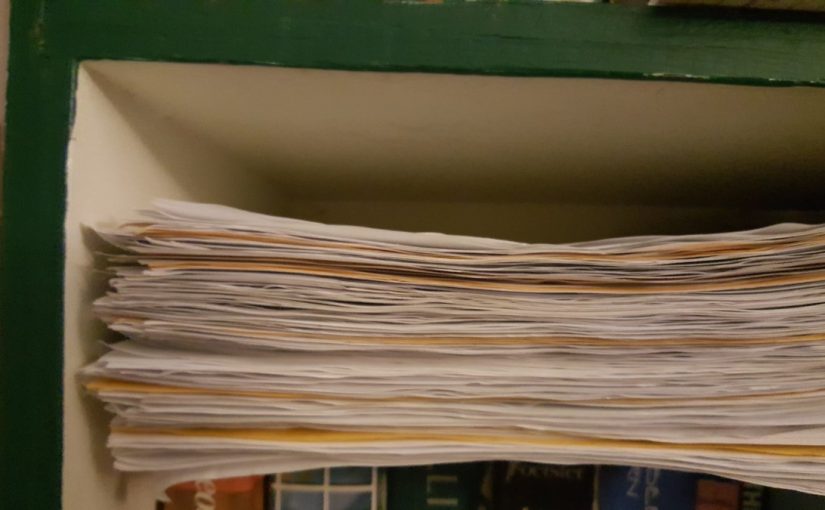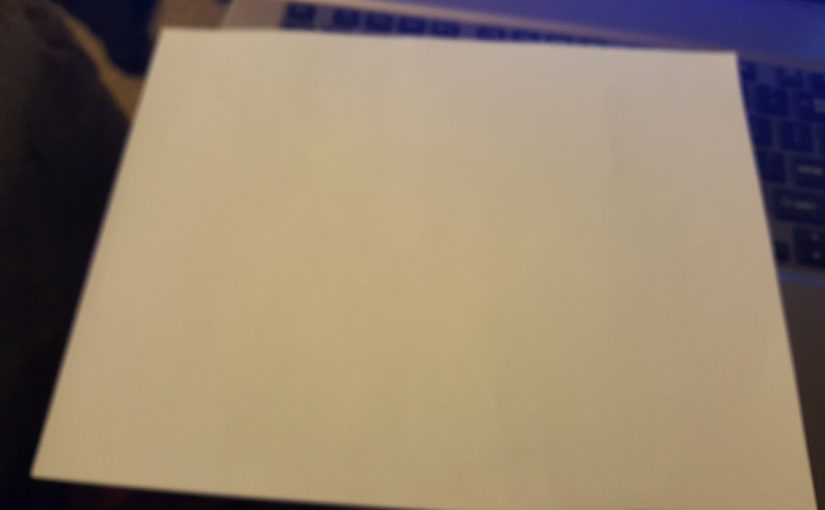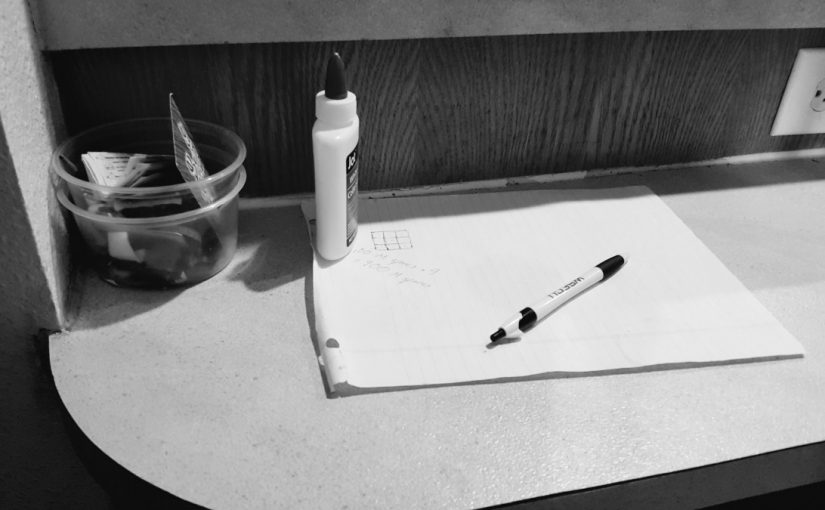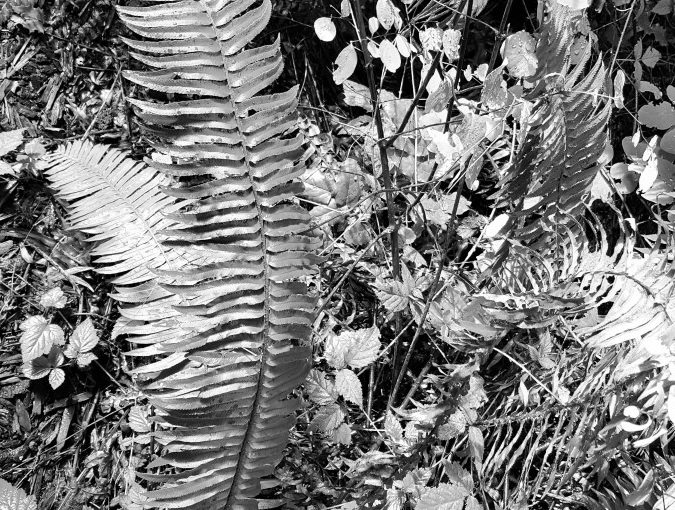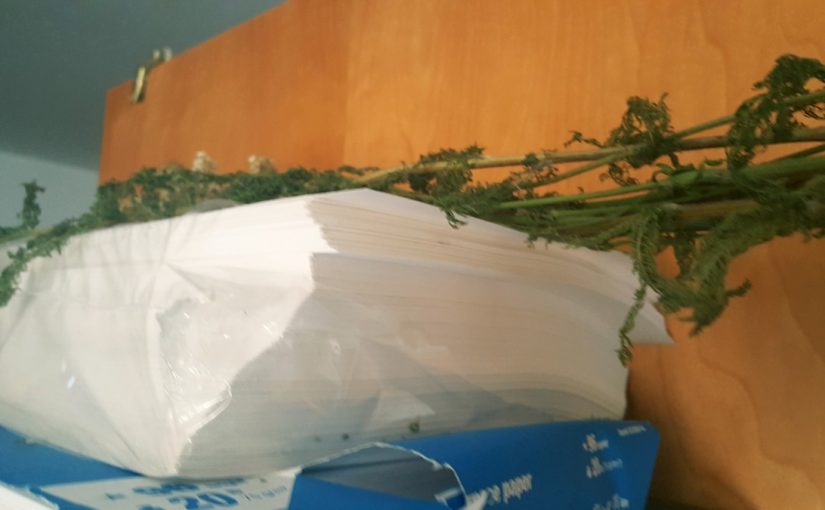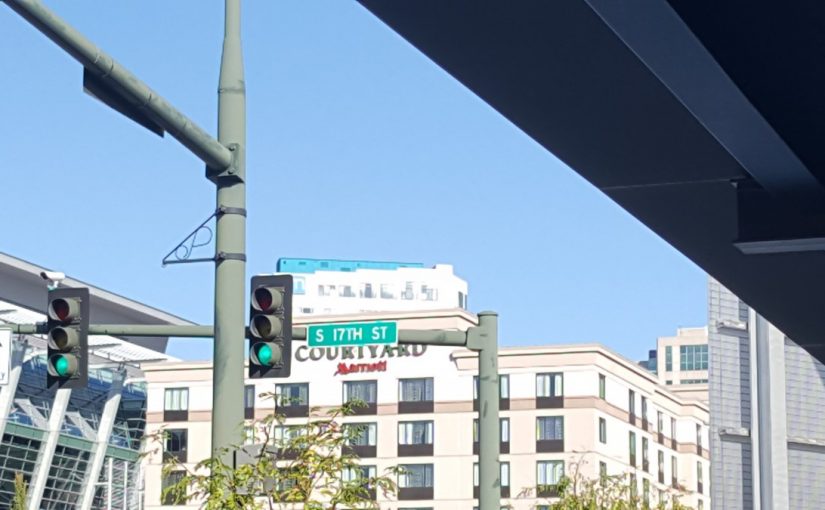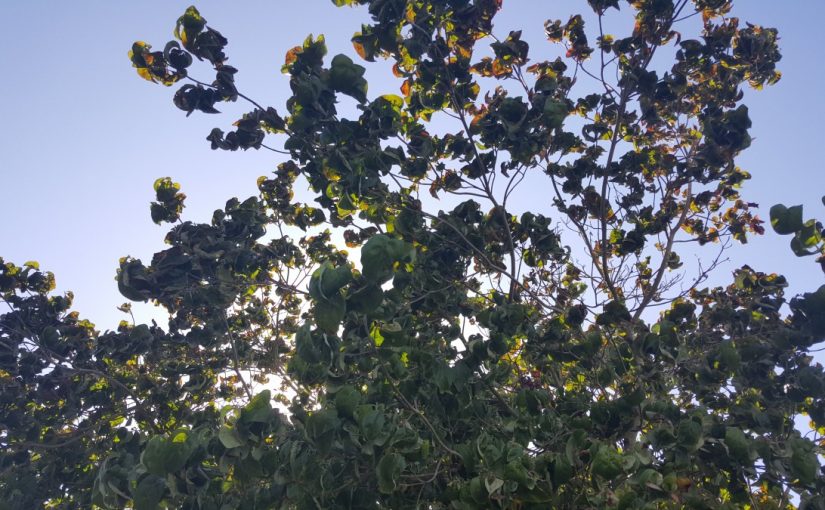I was not able to get any of the films from this week, but I did some web searching, found Kip Fulbeck’s web site and found out that I have encountered some of Kip’s work before. I was intrigued to find out that his work was a part of the American Anthropological Association and The Science Museum of Minnesota’s work Race: Are We So Different?. The exhibit website was utilized as a thinking and talking point though out of my class on race that I took at the University of Alaska Fairbanks. Having read Kip’s work, his involvement makes a lot of since. The exhibit website deconstructs many of the same topics that Kip did in Paper Bullets, and I understand why his work was included.
While reading Paper Bullets I often thought of the way’s in which Kip’s account of his identity and how complicated it is, meshed with and enhanced what I learned from my study of Race: Are We So Different?. I have again had to reassess my understanding of race and the impacts that the concept has on individual lives. In the past I bought into the colorblind ideas that were taught to me as a child. The idea that we are all who we are and race is an invention that is not real, and no longer matters. I had friends of all races as a child and I did not see how anyone’s life was any different because of their skin color. I did not understand why some people made big issues out of who my friends were. I just did not get it. I thought everyone was playing with the same rules. I now have a way more complex understanding of race, and that complex understanding has expanded further because of this book.
References
Fulbeck,Kip. Paper Bullets: A Fictional Autobiography. Seattle: University of Washington Press, 2001.
Fulbeck, Kip. “The Hapa Project- Links”. Kip Fulbeck. 2011, http://kipfulbeck.com/the-hapa- project/links/. DOA: 12/28/2017.
S2N Media, Inc. Race:Are We So Different?. American Anthropological Association and The Science Museum of Minnesota, 2007, http://www.understandingrace.org/home.html. DOA: 12/28/2017
